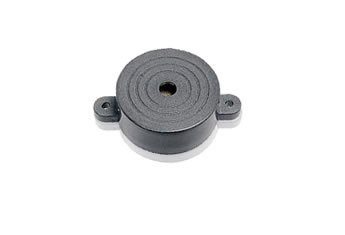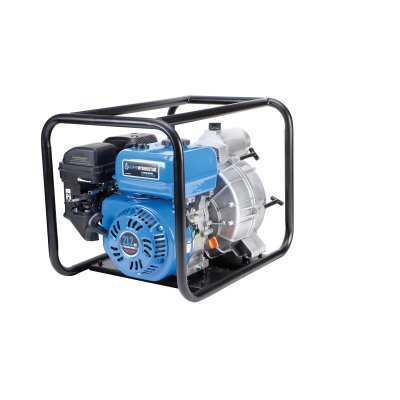This does bring up a question though.
How many of us have functional emergency dewatering pumps aboard our boats?
How many of us have a high bilge water alarm that will sound a buzzer or light enough to wake us if we are asleep?
I'll be the first to admit that although these things have kept me up at night thinking about them, I at this time do not have adequate systems in place.
My boat is equipped with what is probably standard factory bilge pumps for its vessle size. There are three sets of pmps, 750 GPH with each set being a automatic pump, backed up by a switch operated pump.
Two sets are in the engine room one forward, one aft, and we have a watertight bulkhead seaprating the engine room from the forward areas. This bulkhead has a sealing door which we keep closed and dogged down.
The third set of pumps is in the forward areas.
If any of the pumps operate a light comes on at the helm indicating which pump is running.
We also have two high bilge water sensors that I installed above the level of the automatic bilge pump switches, one forward, one in the engine room. If either of these operate it triggers my alarm system and I get a text and e-mail indicating the condition.
My plan is simple. My alarm system has a relay output that I can program to operate on any of the alarm points. I'm going to install a light and or horn, loud enough to get noticed so that if we get high bilge water we'll know about it right away.
I also wanted to install a very high capacity dewatering pump in the engine room. This would either activate automatically along with the alarm horn, and or have a manual switch for activation. It will for sure have a manual switch, the automatic part is optional.
While catastrophic flooding does not happen often, it does happen. Case in point was last year a 5788 Bayliner sunk due to catastrophic engine room flooding in between Kodiak island and the mainland. all hands were rescued but the boat was lost.
Thinking about the sinking of the Hatteras that was the basis of this thread, would things have turned out differently if they had a dewatering pump?
Something like this would do it.
Barnes model QDX33-SS all stainless construction, 1.5" discharge, 5700GPH at 5' of head, 6.8 amps AC powered. $406 at Grainger.com

![2013-07-26_9008_IMG_3246x[1].jpg](/data/attachments/20/20628-91016ea7b78cb2a5876308e76c7866a9.jpg)





